Home>Gardening & Outdoor>Landscaping Ideas>How Fast Does Monkey Grass Grow
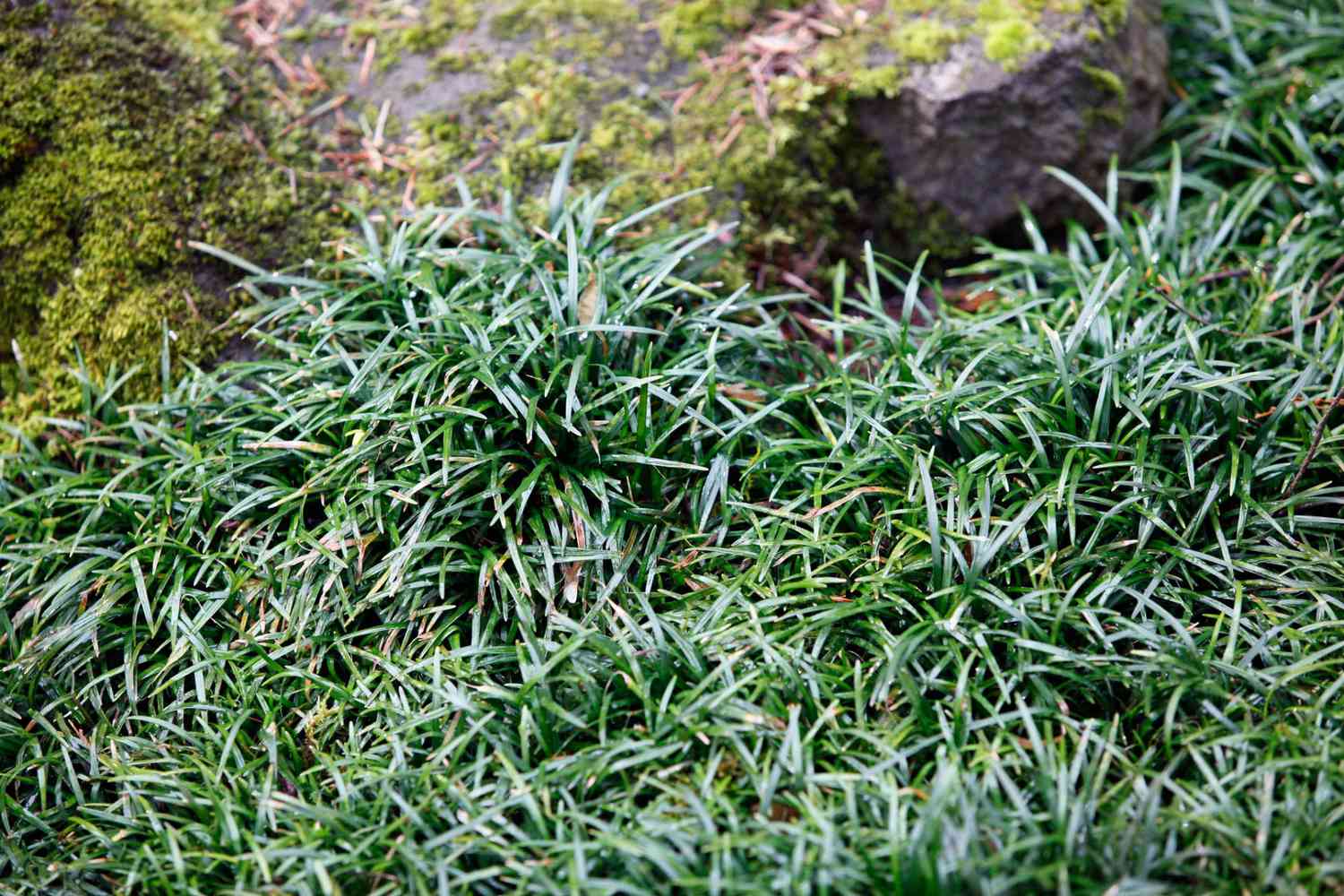

Landscaping Ideas
How Fast Does Monkey Grass Grow
Modified: January 29, 2024
Discover landscaping ideas and tips for growing monkey grass quickly. Learn how to enhance your garden with fast-growing monkey grass. Explore more landscaping ideas now!
(Many of the links in this article redirect to a specific reviewed product. Your purchase of these products through affiliate links helps to generate commission for Storables.com, at no extra cost. Learn more)
Introduction
If you're looking to add a touch of natural beauty to your landscape, monkey grass can be an excellent choice. This versatile and resilient plant, also known as Liriope, is prized for its lush foliage and ability to thrive in various conditions. Whether you're a seasoned gardener or just starting to explore landscaping, understanding the growth patterns of monkey grass can help you make informed decisions about incorporating it into your outdoor space.
In this article, we'll delve into the fascinating world of monkey grass growth, exploring the factors that influence its development and the optimal conditions for promoting its lush, verdant appearance. Whether you're curious about the average growth rate of monkey grass or seeking tips to accelerate its growth, we've got you covered. By the end, you'll have a comprehensive understanding of how fast monkey grass grows and how to foster its optimal growth in your landscape.
Let's embark on a journey through the verdant realm of monkey grass and discover the secrets to nurturing its growth for a stunning outdoor environment.
Key Takeaways:
- Monkey grass, also known as Liriope, grows steadily at a rate of 6 to 12 inches per year, making it a reliable choice for ground cover and border plants in various outdoor settings.
- To promote faster growth, ensure optimal light exposure, enrich the soil with organic matter, maintain consistent moisture levels, apply balanced fertilizer, and practice division and propagation.
Read more: How To Grow Monkey Grass
Understanding Monkey Grass
Monkey grass, scientifically known as Liriope spicata, is a low-maintenance perennial plant that belongs to the Asparagaceae family. Native to East Asia, this evergreen grass-like plant is renowned for its adaptability and ornamental appeal. With its slender, arching leaves and petite violet or white flower spikes, monkey grass adds a charming touch to gardens, borders, and landscapes.
One of the most appealing features of monkey grass is its versatility. It thrives in a range of environments, from full sun to partial shade, making it a popular choice for landscaping projects. Whether used as a ground cover, border plant, or accent foliage, monkey grass offers a lush, verdant aesthetic that enhances the visual appeal of any outdoor space.
Furthermore, monkey grass is celebrated for its resilience and ability to withstand various soil conditions, including clay, loamy, and sandy soils. Its adaptability to different moisture levels also contributes to its widespread popularity among gardeners and landscapers.
As a low-maintenance plant, monkey grass requires minimal care once established, making it an ideal choice for both experienced gardeners and beginners. Its ability to thrive in challenging conditions, such as drought or poor soil, further underscores its reputation as a hardy and reliable landscaping element.
By understanding the unique characteristics and growth patterns of monkey grass, you can harness its potential to create captivating outdoor landscapes that exude natural beauty and vitality.
Factors Affecting Monkey Grass Growth
Several key factors influence the growth and development of monkey grass, shaping its overall appearance and vigor. By understanding these factors, you can effectively nurture the optimal growth of monkey grass in your landscape. Let’s explore the primary elements that impact the growth of this resilient plant:
- Light Exposure: Adequate light is essential for the healthy growth of monkey grass. While it can tolerate partial shade, providing sufficient sunlight promotes robust foliage and flower production.
- Soil Conditions: The quality and composition of the soil play a crucial role in the growth of monkey grass. Well-draining soil with a balanced nutrient content supports healthy root development and overall plant vigor.
- Watering Practices: Proper watering is vital for sustaining the growth of monkey grass. While it can withstand periods of drought, consistent moisture levels are beneficial for promoting lush foliage and preventing stress-induced stunting.
- Temperature and Climate: Monkey grass exhibits varying growth responses to temperature and climate conditions. Understanding its hardiness zone and adapting cultivation practices accordingly can optimize its growth in different regions.
- Soil pH Levels: The pH levels of the soil can impact nutrient availability and uptake, influencing the overall health and growth of monkey grass. Maintaining a slightly acidic to neutral pH range is conducive to its thriving development.
- Competition and Overcrowding: In dense planting areas, competition from neighboring plants and overcrowding can impede the growth of monkey grass. Providing adequate spacing and minimizing competition fosters healthier growth and fuller foliage.
By considering these factors and tailoring your cultivation practices to meet the specific needs of monkey grass, you can create an environment that encourages robust growth and showcases the plant’s natural beauty to its fullest potential.
Ideal Conditions for Monkey Grass Growth
Creating optimal conditions for the growth of monkey grass is essential for cultivating thriving and visually striking landscapes. By understanding the ideal environment for this resilient plant, you can harness its potential to enhance the natural beauty of your outdoor spaces. Here are the key elements that contribute to the ideal conditions for monkey grass growth:
- Light: Monkey grass thrives in partial to full shade, making it well-suited for areas with limited direct sunlight. However, providing some exposure to sunlight can promote robust growth and flower production, especially in regions with milder climates.
- Soil Quality: Well-draining, fertile soil with a balanced nutrient composition is conducive to the healthy growth of monkey grass. Amending the soil with organic matter and ensuring proper drainage supports vigorous root development and overall plant vitality.
- Moisture Levels: While monkey grass exhibits drought tolerance once established, consistent moisture levels are beneficial for sustaining lush foliage and promoting optimal growth. Avoiding waterlogged conditions and implementing a regular watering schedule supports its resilience and visual appeal.
- Climate Adaptability: Monkey grass demonstrates adaptability to various climate conditions, making it suitable for a wide range of regions. Understanding its hardiness zone and adjusting cultivation practices according to local climate patterns optimize its growth and long-term sustainability.
- Soil pH: Maintaining a slightly acidic to neutral soil pH range (around 6.0 to 7.5) supports nutrient uptake and overall plant health. Monitoring and adjusting soil pH levels as needed contribute to the thriving growth of monkey grass.
- Spacing and Air Circulation: Providing adequate spacing between monkey grass plants promotes air circulation and minimizes competition, fostering healthier growth and preventing overcrowding-induced stress.
By creating an environment that aligns with these ideal conditions, you can maximize the growth potential of monkey grass and create captivating landscapes that showcase its lush foliage and ornamental charm.
Monkey grass, also known as liriope, grows at a moderate pace of about 6-12 inches per year. To help it grow faster, make sure it gets plenty of sunlight and water, and consider using a fertilizer specifically designed for ornamental grasses.
Average Growth Rate of Monkey Grass
Monkey grass, known for its steady and reliable growth, exhibits a moderate growth rate that contributes to its enduring appeal in landscaping and garden design. Understanding the average growth patterns of monkey grass provides valuable insights into its development and enables informed planning for landscaping projects. Here’s a closer look at the typical growth rate of monkey grass:
Under optimal growing conditions, monkey grass can expand gradually, forming dense clumps of arching foliage that create a lush ground cover or border. While individual growth rates may vary based on environmental factors and specific cultivars, monkey grass typically spreads at a steady pace, adding visual interest and greenery to outdoor spaces over time.
When established in favorable environments, monkey grass can achieve an approximate growth rate of 6 to 12 inches per year, with some varieties exhibiting slightly faster or slower growth rates. This consistent expansion contributes to its effectiveness as a ground cover and accent plant, allowing it to fill in garden beds and border areas with its distinctive foliage.
Additionally, the growth pattern of monkey grass is characterized by its ability to form dense, weed-suppressing mats of foliage, creating a low-maintenance and visually appealing landscape element. Its resilience and adaptability further enhance its growth potential, making it a reliable choice for both experienced gardeners and those new to landscaping.
By embracing the gradual yet steady growth rate of monkey grass, gardeners and landscapers can cultivate captivating outdoor environments that benefit from the enduring beauty and natural charm of this versatile plant.
Read more: Why Is Monkey Grass Called Monkey Grass
Tips for Promoting Faster Monkey Grass Growth
While monkey grass typically exhibits a moderate growth rate, there are several strategies that can be employed to encourage faster and more robust growth, enhancing its visual impact in outdoor landscapes. By implementing targeted cultivation practices and providing optimal conditions, you can promote accelerated growth and the flourishing development of monkey grass. Here are valuable tips for fostering faster growth in monkey grass:
- Optimal Light Exposure: Providing sufficient sunlight, especially in regions with milder climates, can stimulate more vigorous growth and enhance flower production in monkey grass. Ensuring adequate light exposure supports its overall vitality and expansion.
- Soil Enrichment: Amending the soil with organic matter, such as compost or well-rotted manure, enhances nutrient availability and fosters healthier root development, contributing to accelerated growth and lush foliage.
- Regular Watering: Maintaining consistent moisture levels, especially during periods of active growth, supports faster and more robust development in monkey grass. Avoiding prolonged drought stress and providing adequate hydration promotes vigorous growth and visual appeal.
- Appropriate Fertilization: Applying a balanced, slow-release fertilizer in spring can provide essential nutrients for sustained growth and overall plant vigor. Selecting a fertilizer specifically formulated for ornamental grasses supports accelerated development without excessive stimulation.
- Division and Propagation: Periodically dividing mature monkey grass clumps and propagating new plants can rejuvenate growth and expand its presence in the landscape. This practice allows for the renewal of older plantings and the introduction of additional clusters for a more extensive display.
- Pruning and Maintenance: Trimming back spent flower spikes and old foliage in early spring can invigorate growth and promote the emergence of fresh, vibrant foliage. Regular maintenance practices, such as removing debris and managing weeds, create an optimal environment for accelerated growth.
By incorporating these tips into your cultivation approach, you can create favorable conditions for promoting faster growth in monkey grass, resulting in a more dynamic and visually captivating landscape that showcases the plant’s natural beauty and resilience.
Conclusion
Exploring the growth dynamics of monkey grass unveils a world of resilience, adaptability, and natural charm that enriches outdoor landscapes with its lush foliage and ornamental allure. By understanding the factors influencing its growth, the ideal conditions for cultivation, and strategies for promoting accelerated development, you can harness the full potential of monkey grass to create captivating and enduring outdoor environments.
From its moderate growth rate to its ability to thrive in diverse conditions, monkey grass stands as a testament to the enduring beauty of nature and the transformative power of landscaping. Its gradual expansion, dense foliage, and low-maintenance nature make it a valuable addition to gardens, borders, and various outdoor settings, offering a timeless appeal that enhances the visual richness of any space.
As you embark on your journey to cultivate thriving landscapes, the insights and tips shared in this article can serve as valuable guidelines for nurturing the growth of monkey grass and creating vibrant outdoor spaces that exude natural beauty and vitality. By embracing the unique characteristics and growth patterns of monkey grass, you can craft enduring landscapes that celebrate the enduring allure of this versatile and resilient plant.
So, whether you’re seeking to establish a verdant ground cover, add texture to garden beds, or create captivating borders, monkey grass stands ready to fulfill your landscaping aspirations with its steady growth and timeless elegance. Embrace its potential, cultivate its growth, and witness the enduring beauty it brings to your outdoor sanctuary.
Frequently Asked Questions about How Fast Does Monkey Grass Grow
Was this page helpful?
At Storables.com, we guarantee accurate and reliable information. Our content, validated by Expert Board Contributors, is crafted following stringent Editorial Policies. We're committed to providing you with well-researched, expert-backed insights for all your informational needs.
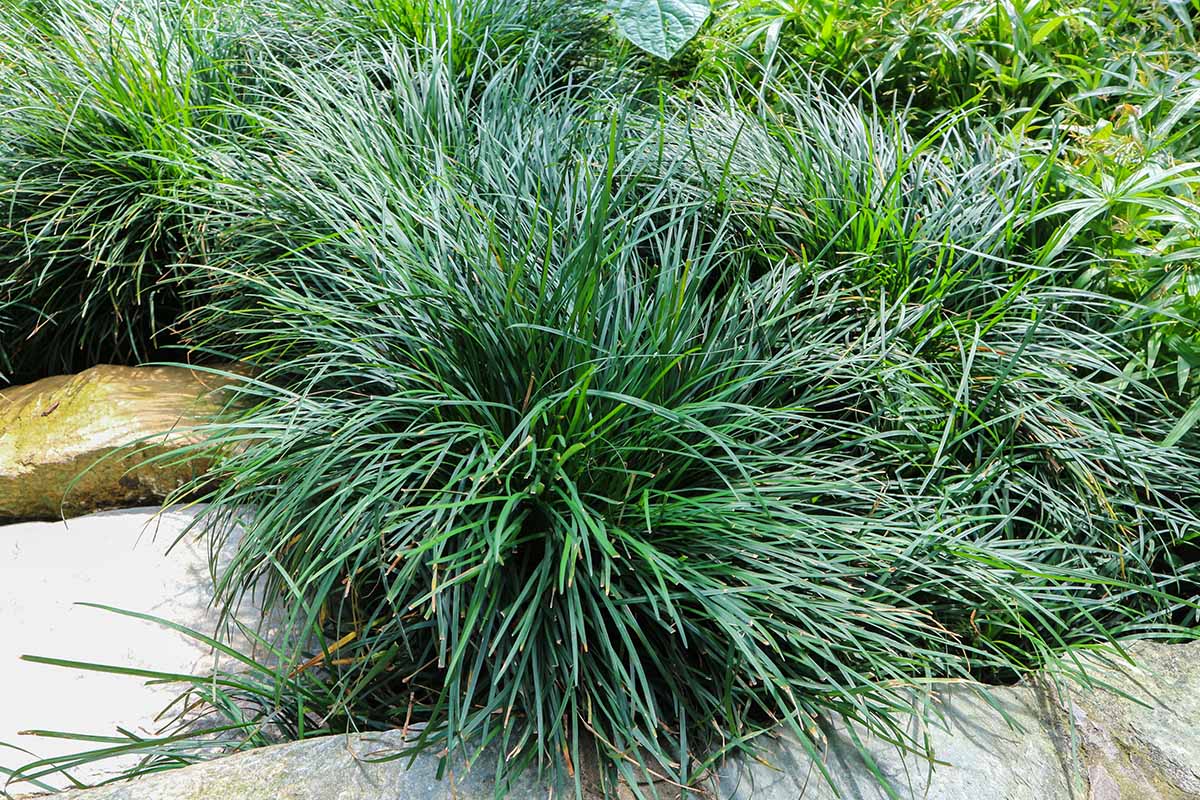
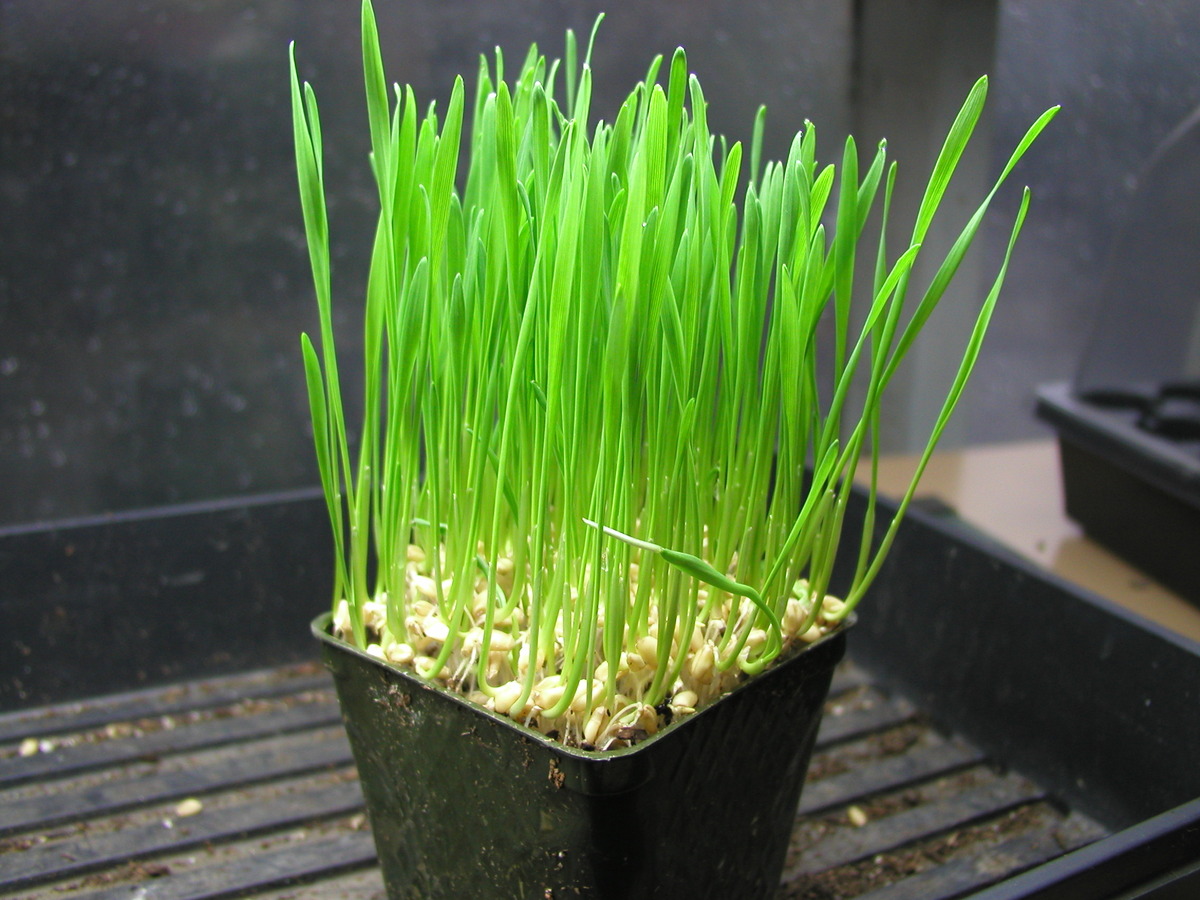
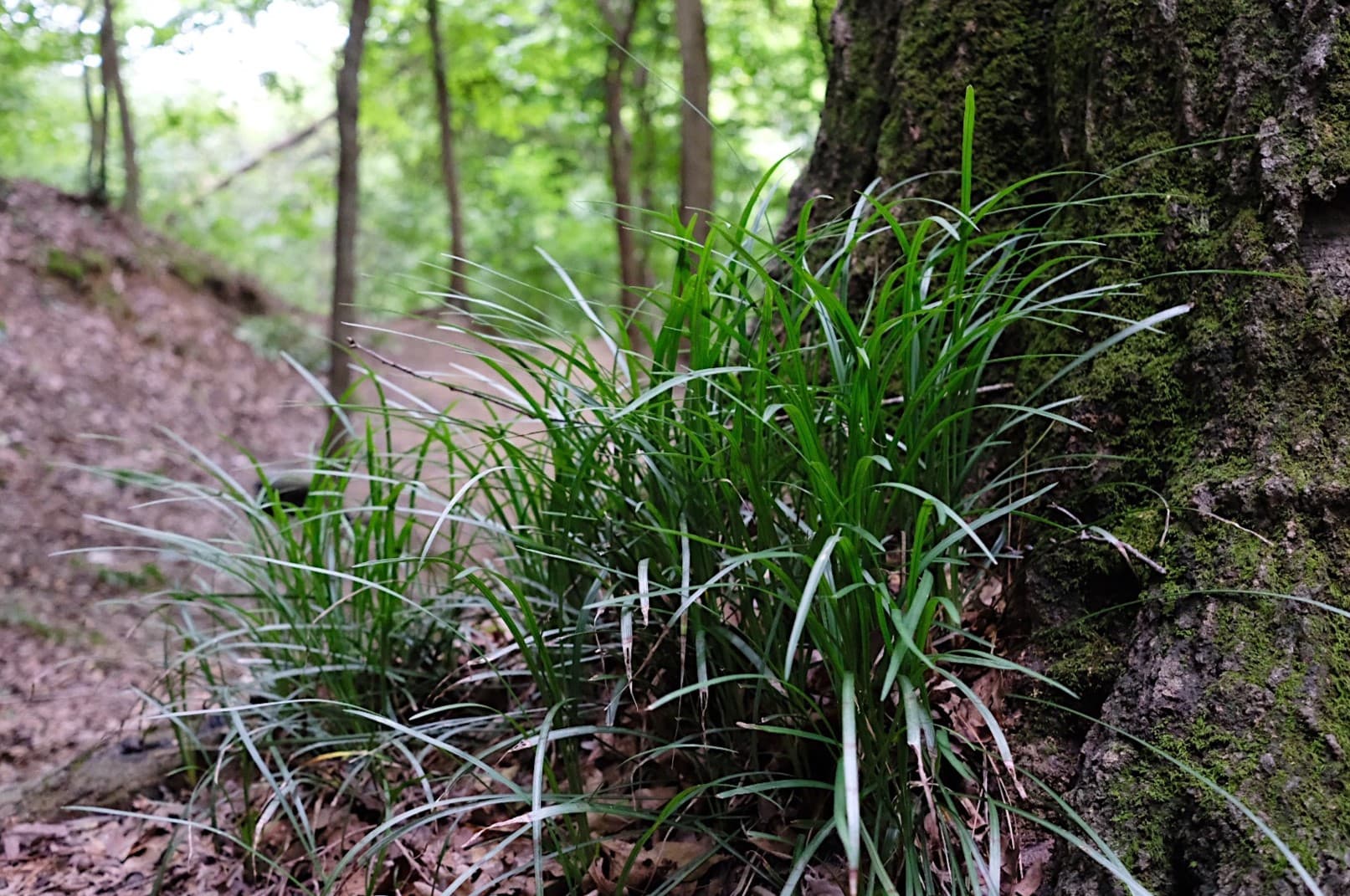
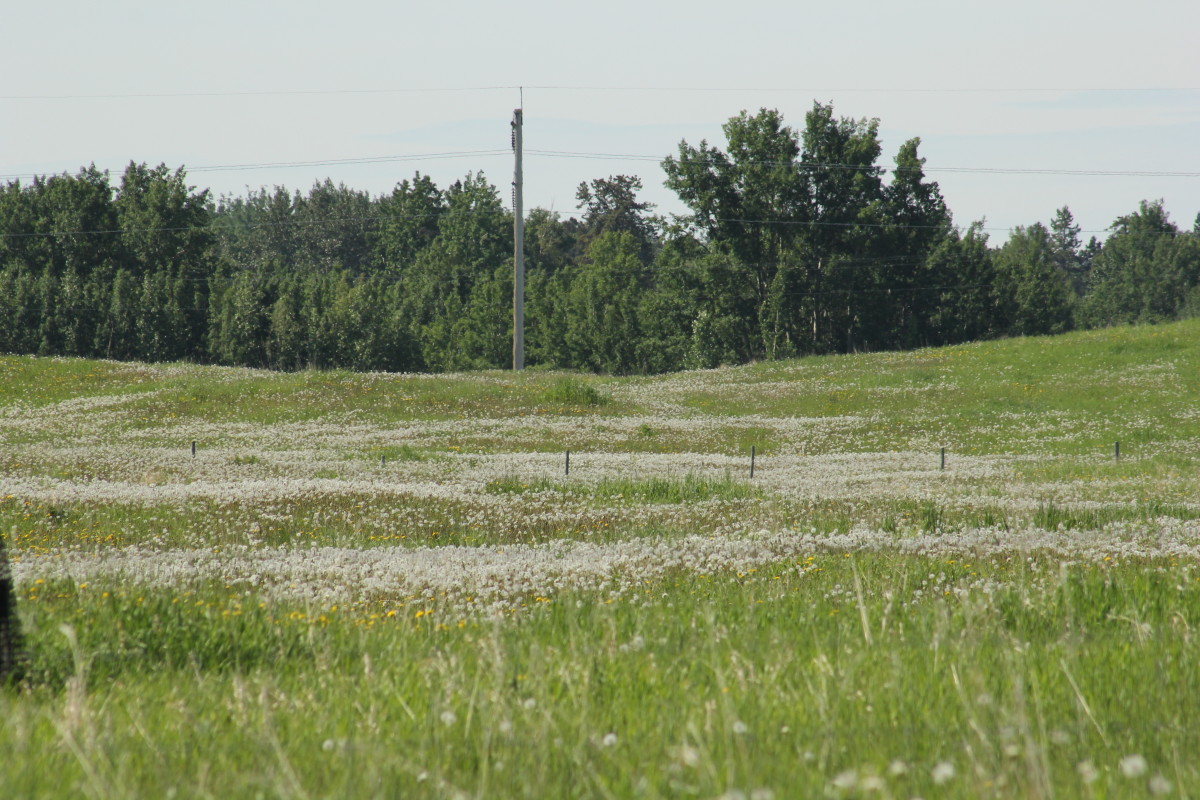
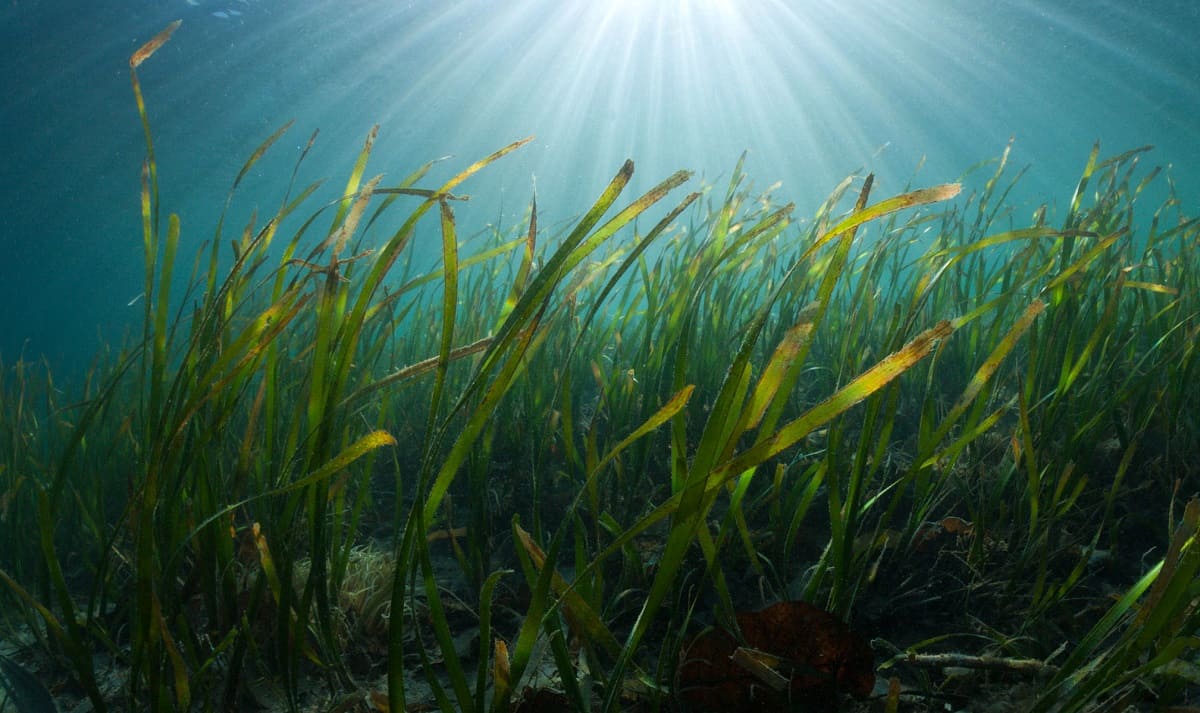
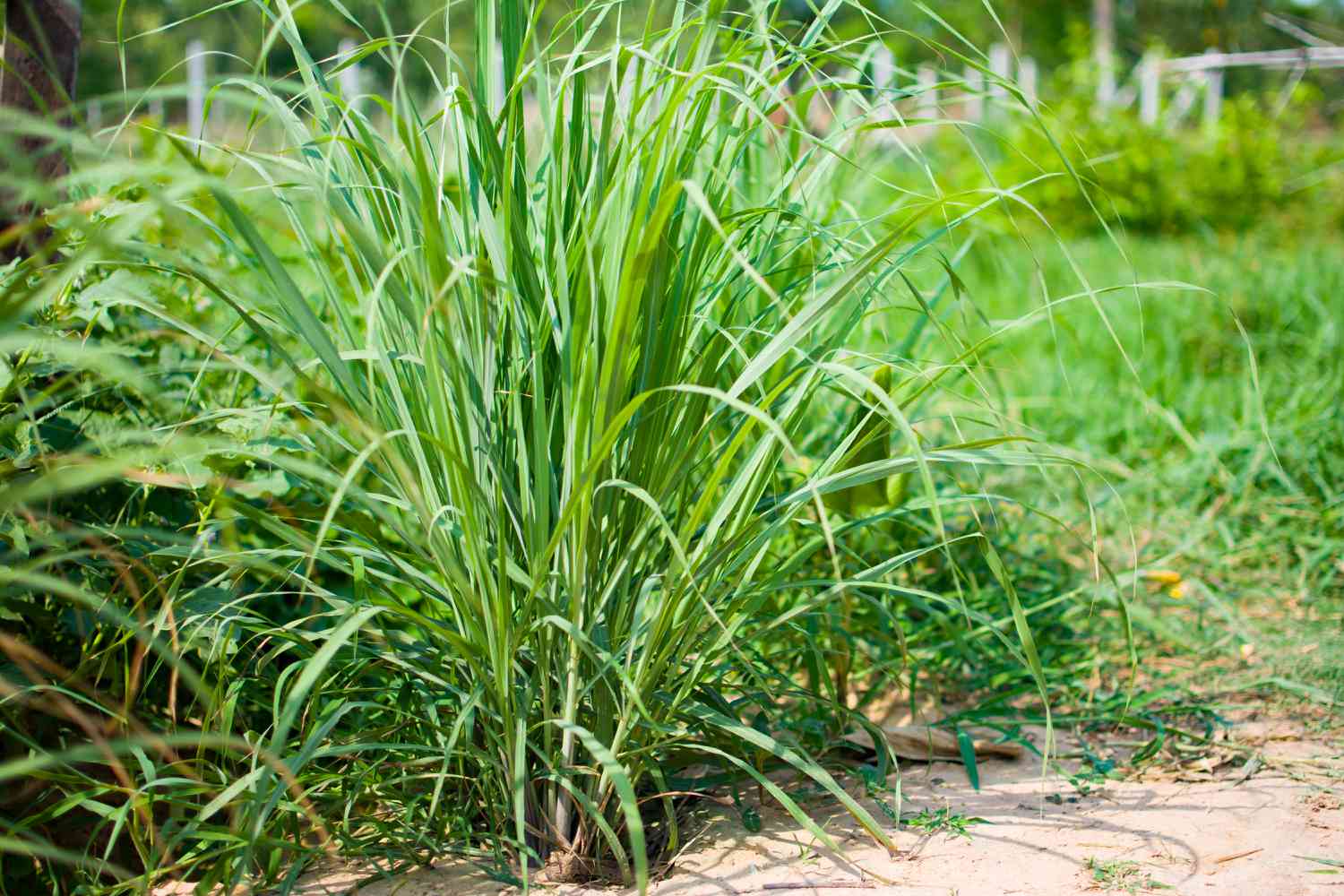

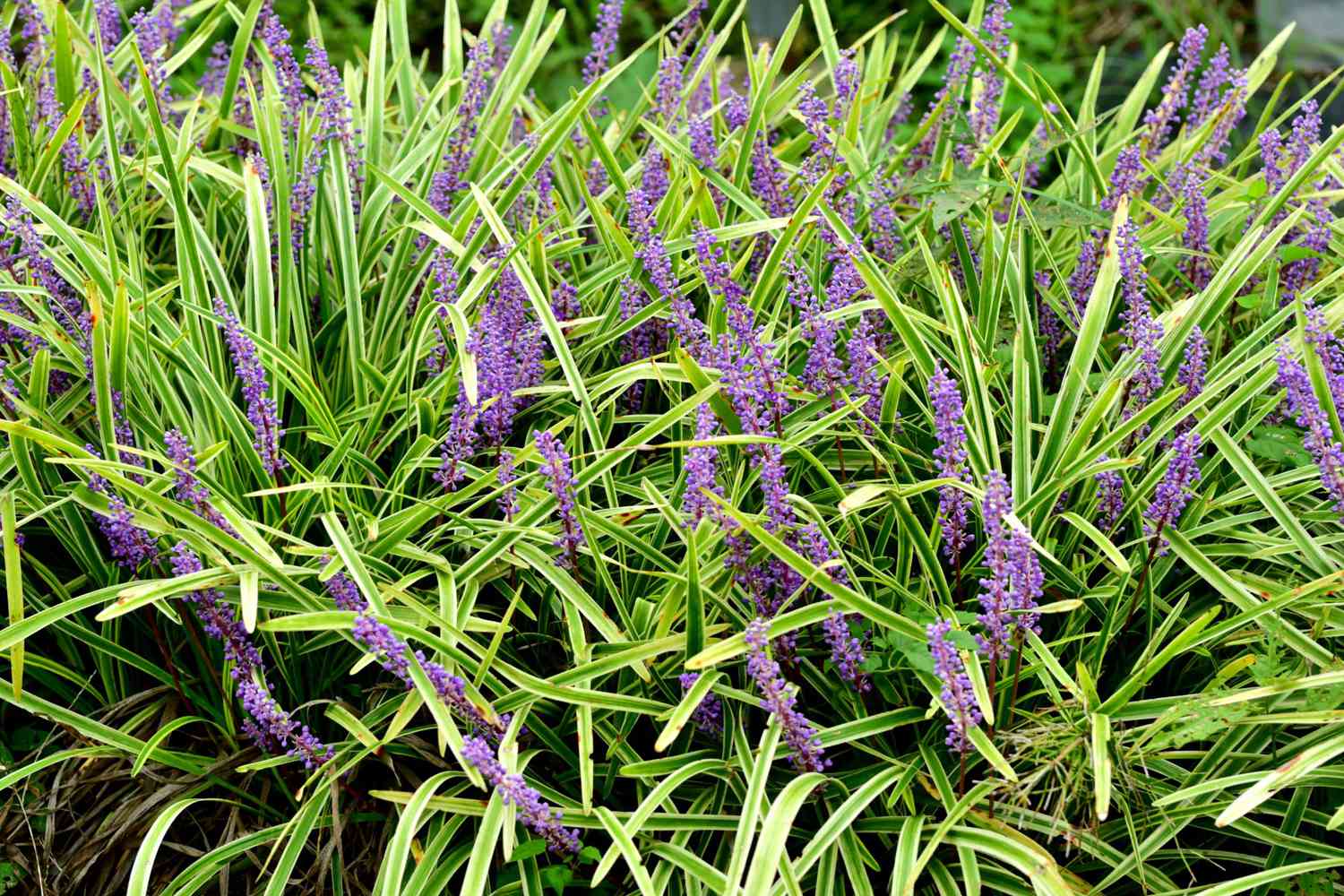
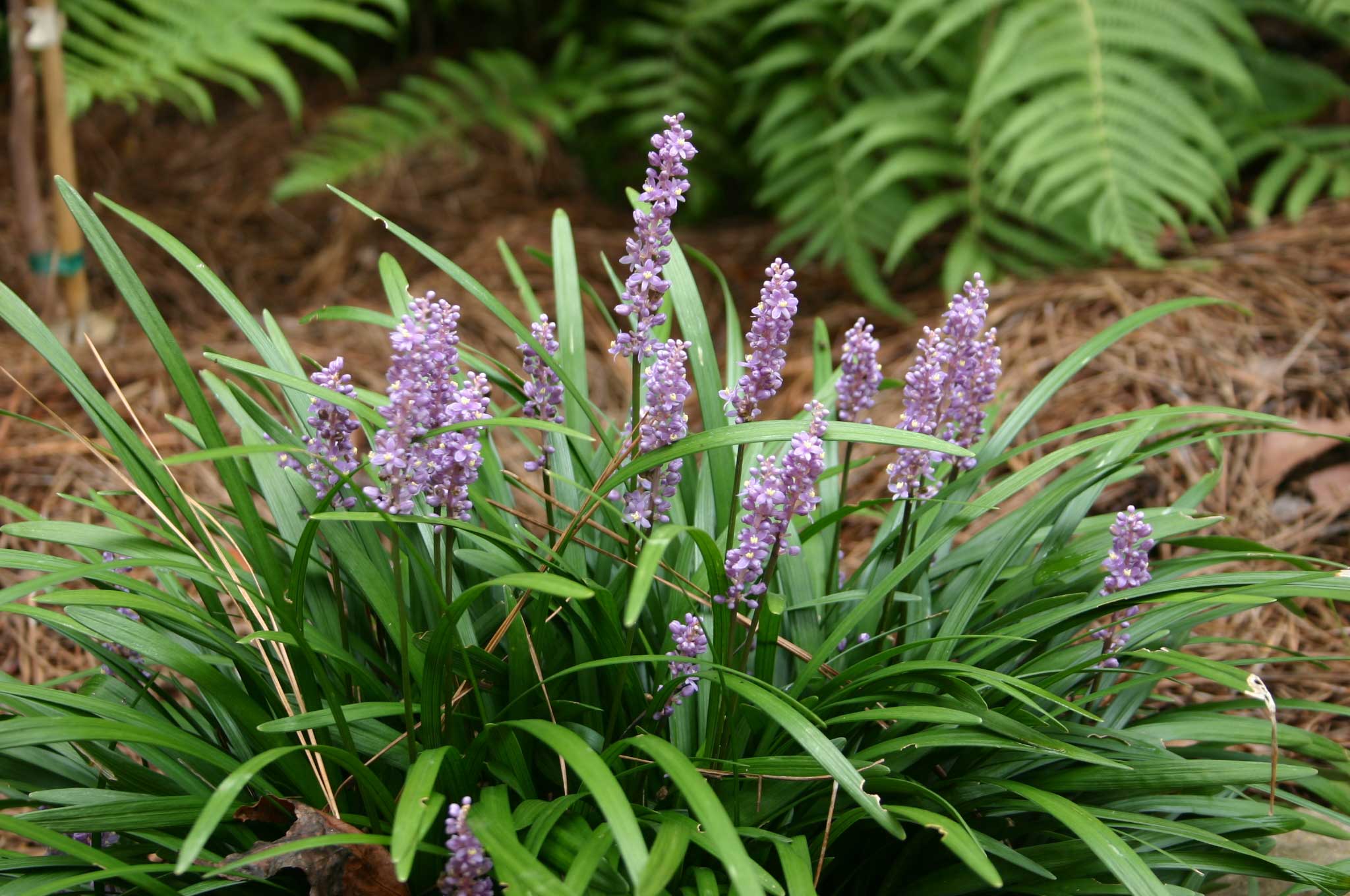
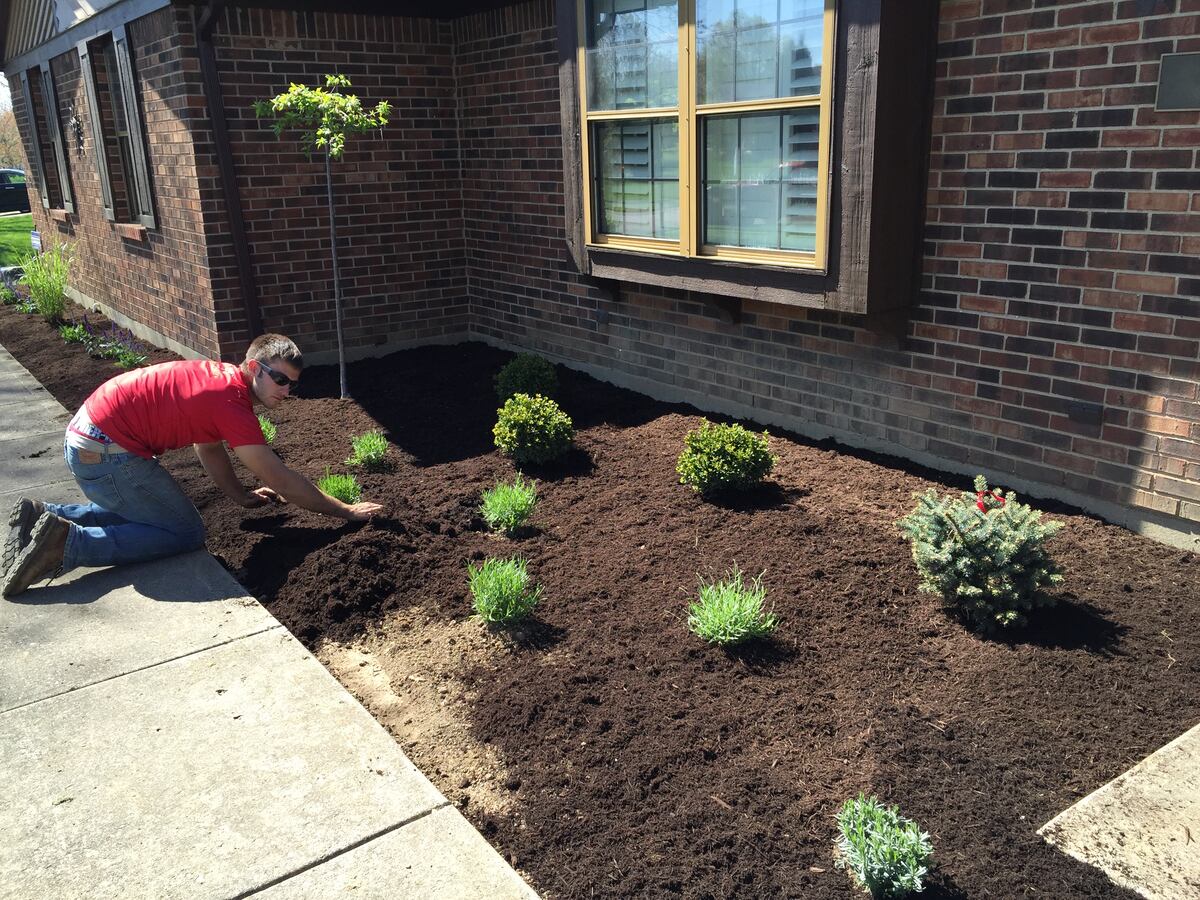
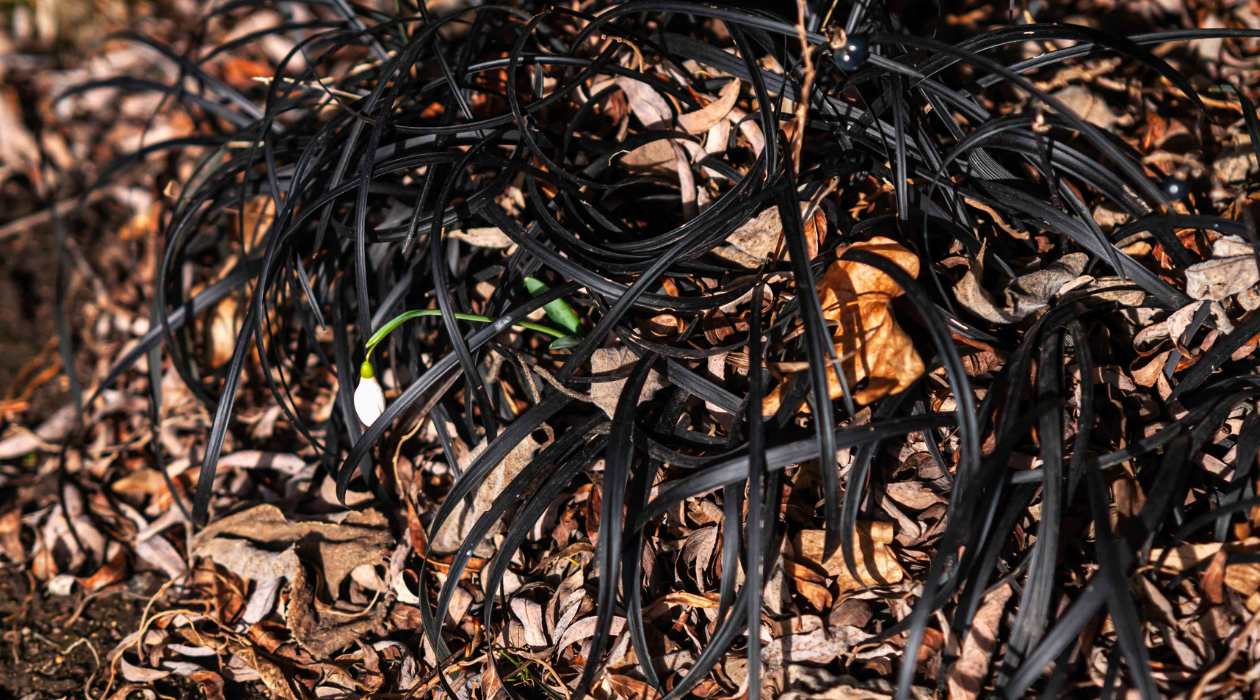
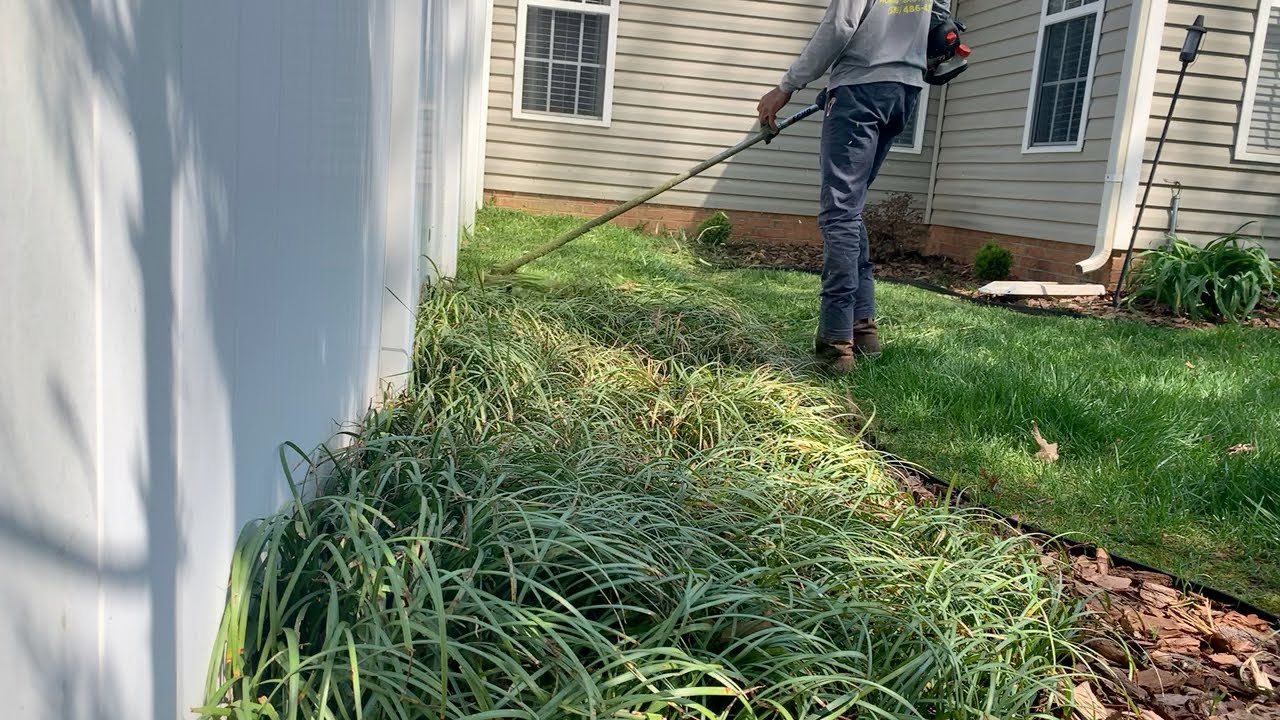
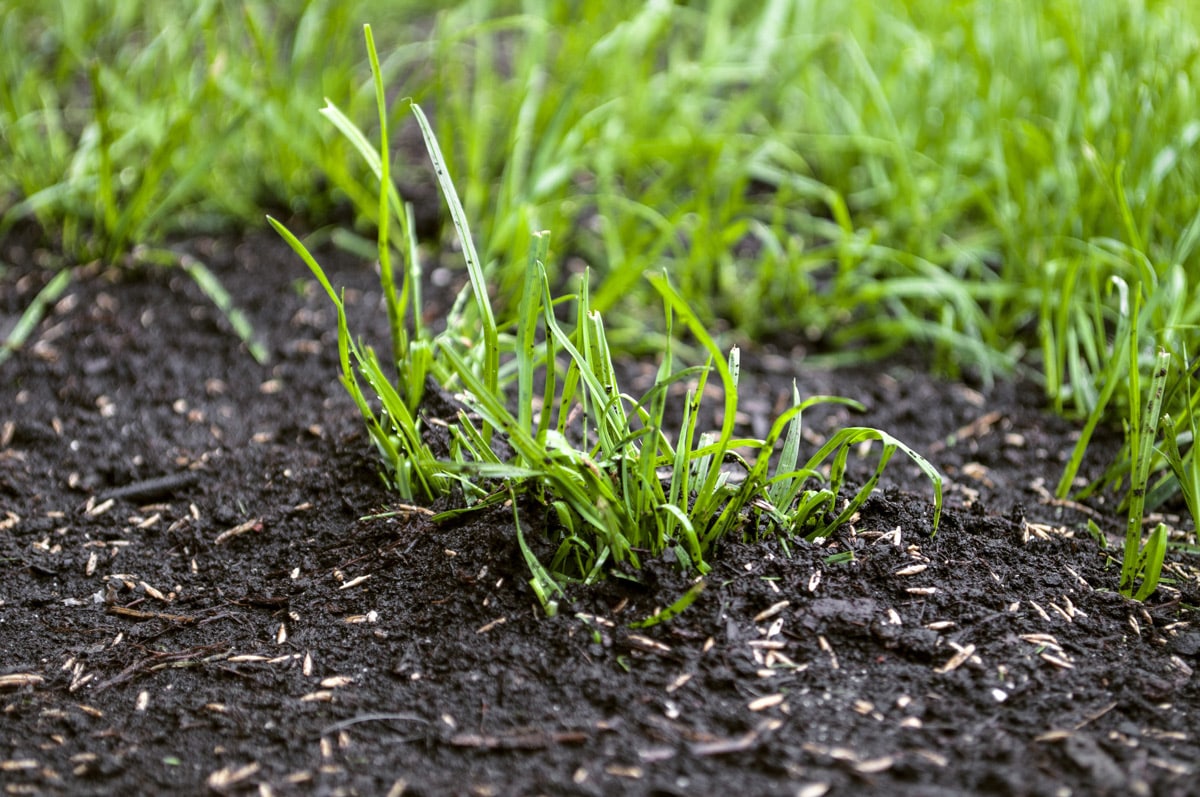
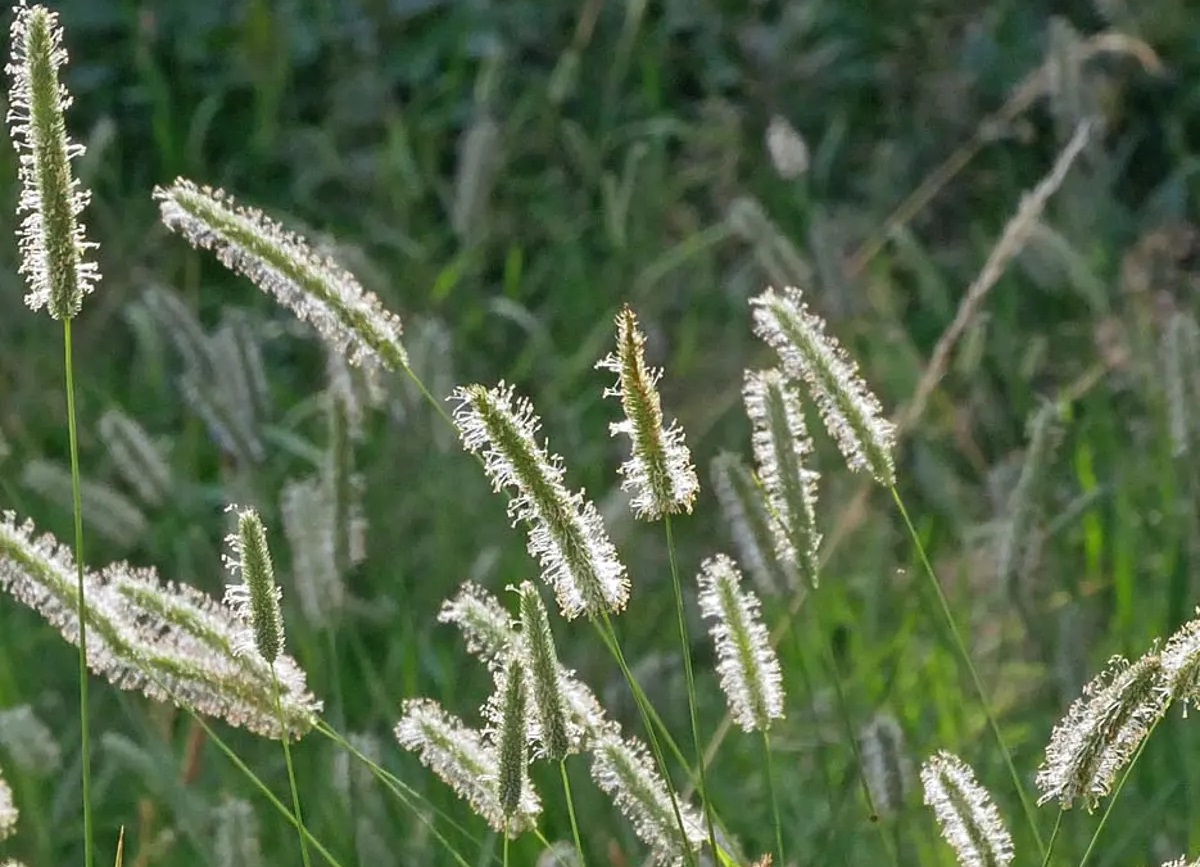

0 thoughts on “How Fast Does Monkey Grass Grow”